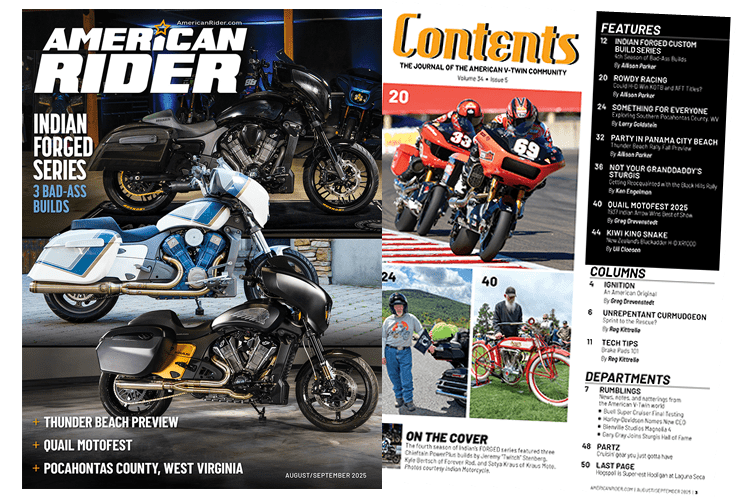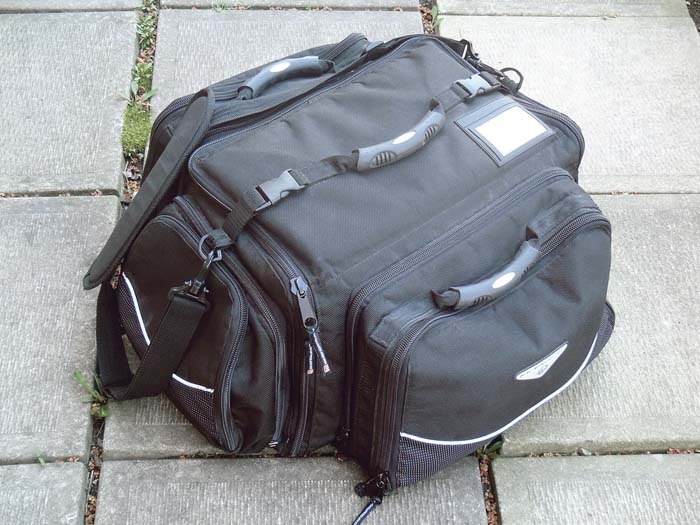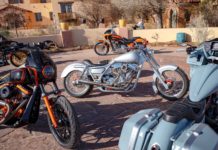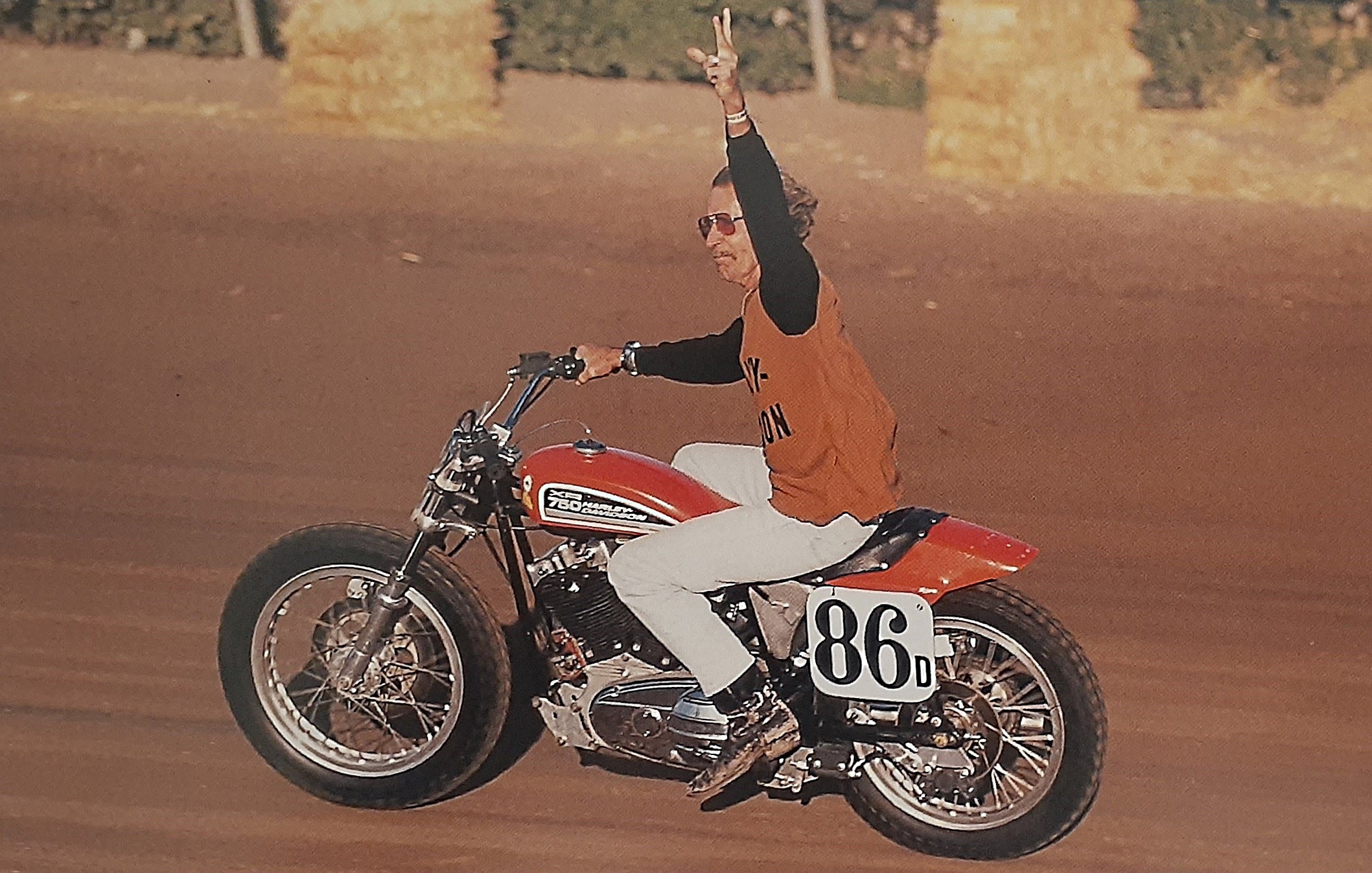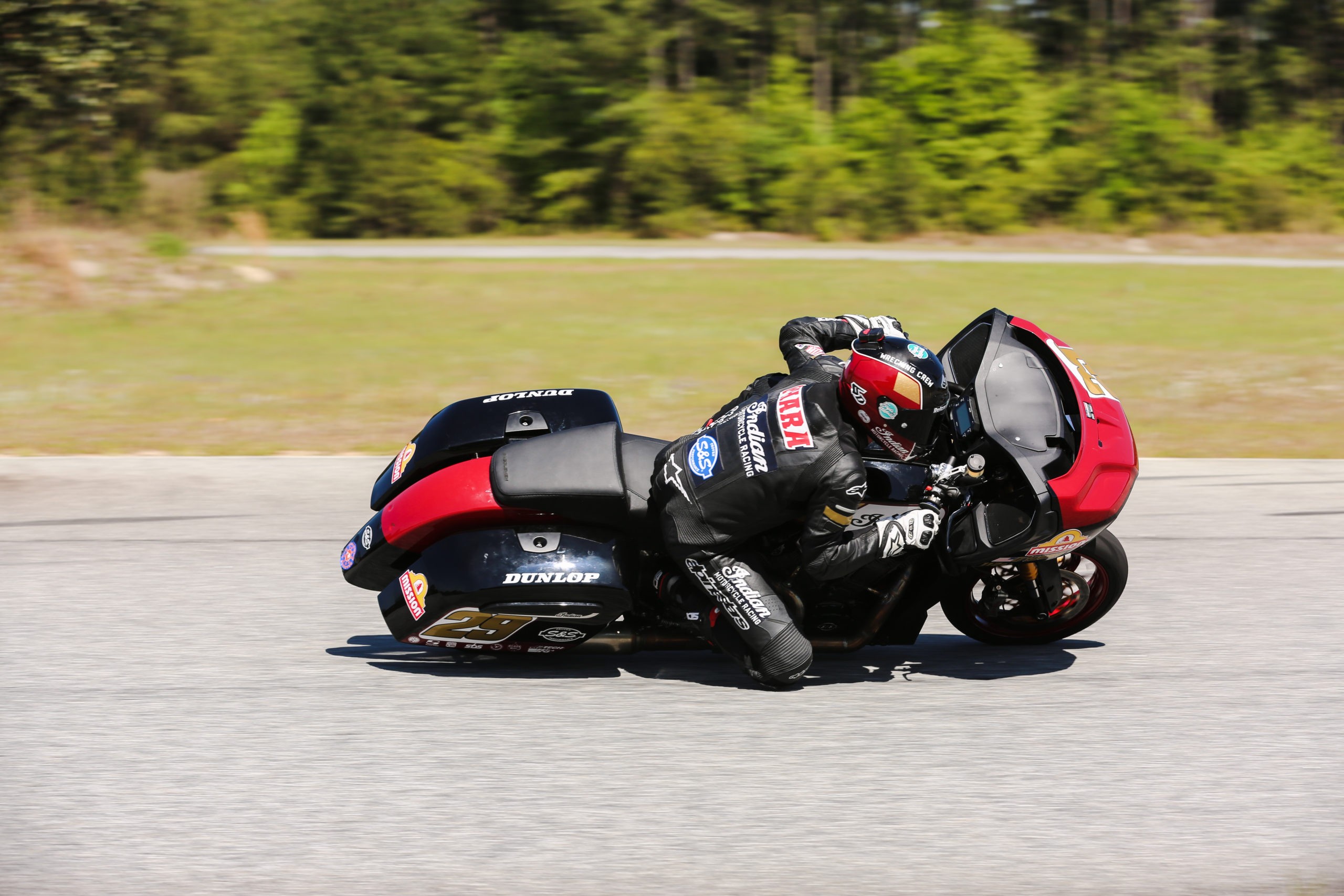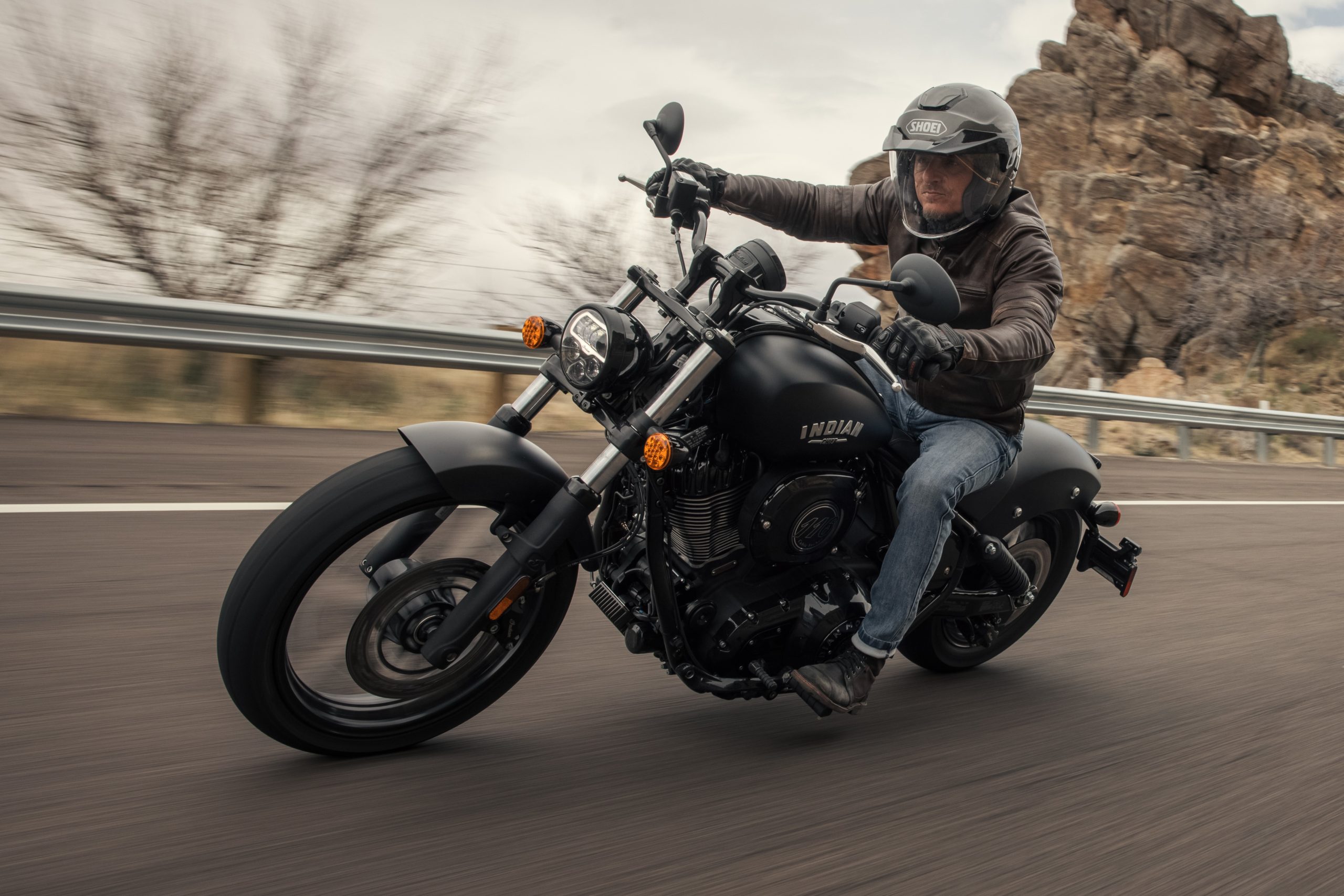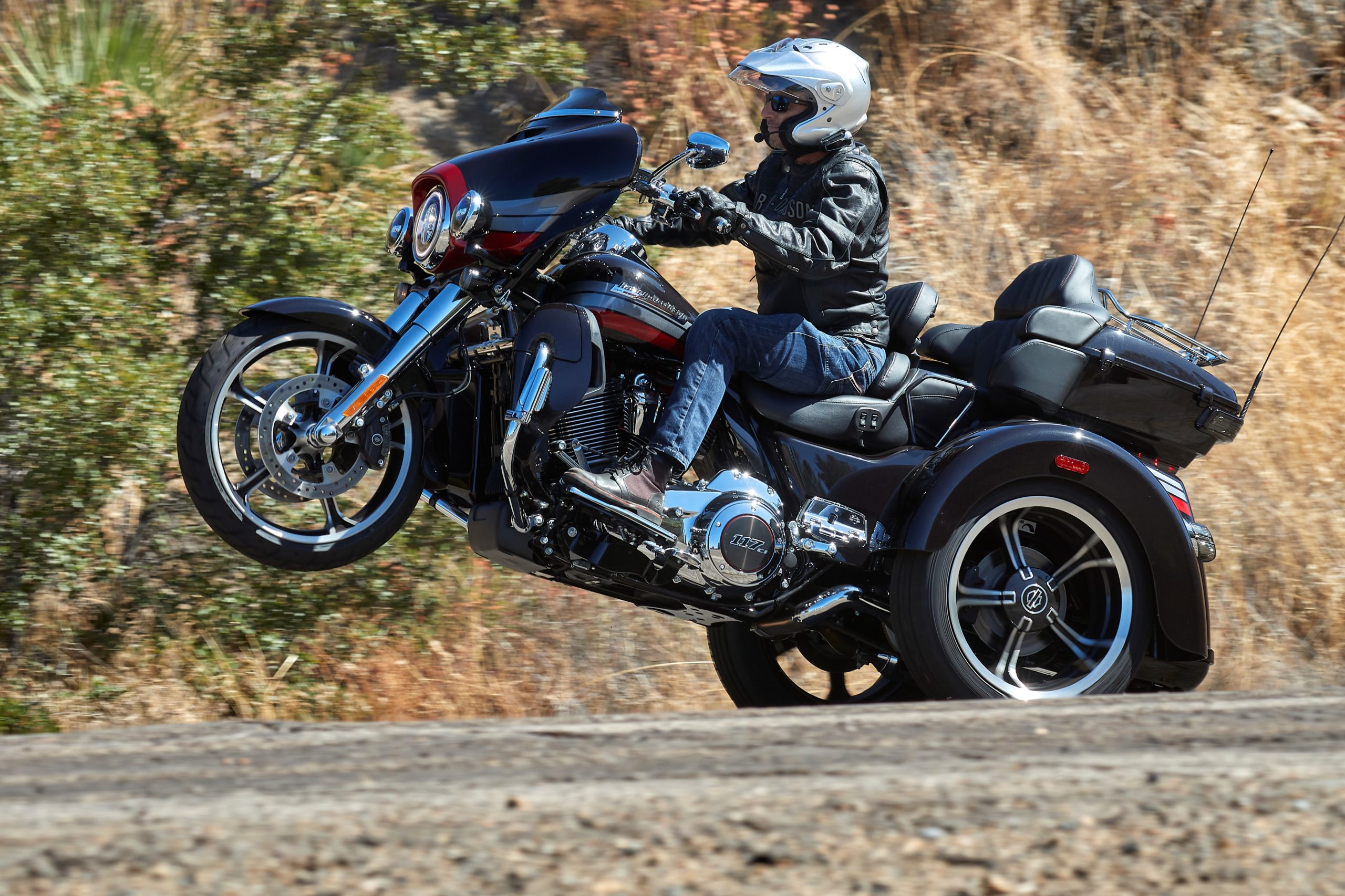Motorcycles have two wheels, not three or four, so why call it motorcycling when you’re riding something that looks like a tricycle—or worse yet, riding a tricycle backwards? The increasing popularity of trikes, tadpoles, and cycle-cars coupled with an aging population of longtime and newbie riders had me pondering this question so I took it to the road.
Covering 10,000 miles in a cycle-car and the same again on a trike, combined with a bit of research into DMV regulations, leads me to the conclusion that it isn’t motorcycling if it has more than two wheels . . . maybe.
Motor vehicle registration codes differ from state to state. Some clearly state than any vehicle with three wheels or less “on the ground” are considered to be motorcycles. Others required that the engine must be straddled. New York’s code sidesteps the issue by being vague and California throws in the criteria that the vehicle has to weigh less than 1,500 pounds. Wisconsin clearly defines them as “Type 1” and “Type 2” motorcycles while Florida recognizes that there is a difference between the handling characteristic of motorcycles and three-wheeled vehicles and so designates E-class licenses for bikes and S-class for trikes. In Washington a special test is required to receive an endorsement to operate sidecars and trikes and if it has bucket seats—regardless of the number of wheels or its weight—then it’s a car.
Having two wheels in front improves aerodynamics, but reduces lateral stability when braking. Two wheels in back and one in front is the most stable of all wheel arrangements, but only if the center of gravity is towards the rear and this clearly doesn’t apply to all trikes. However, most of these don’t lean and none of them counter-steer. Try handling three wheels in the same manner as two and you’ll be going in the opposite direction very quickly. On a motorcycle 90% of the stopping power comes from the front brake, but in the case of trikes it would be wise to use the rear ones. Another point: you can’t run over your own foot on a motorcycle.
From the late 19th century to the present day the problem with trikes has always been road conditions. In the old days, roads were rutted by wagon traffic and their centers were several inches higher than the rougher, pocketed wheel tracks. That T-configuration of wheels means that there are three physical tracks, not one as for motorcycles or two for cars. If there is a bump or pothole it’s almost guaranteed that at least one wheel is going to hit it, while the width of the vehicle limits maneuvering room—at least if you stay in your own lane. Over recently paved interstate highways trikes offer a wonderful ride and on freshly graded gravel roads they greatly reduce the sphincter effect, but for road conditions that lie between these two extremes three wheels simply becomes a bad compromise.
It’s true that a trike can be parked anywhere, and I’ll admit that with each passing year it gets more difficult to upright a reclined motorcycle. I also confess to gazing with envy at the amount of gear a sidecar can carry and dreaming about the comfort a small camping trailer could provide. Furthermore, there are a few trikes with camber/tilt wheels that can replicate the sheer joy of leaning into a tight curve on two wheels. Still, bi- means two and tri- means three and anyone over the age of five not only knows the difference but can’t wait to get rid of that spare wheel, defy gravity, and pedal down the road.
You can call it motorcycling if it makes you happy (and I’m glad to see you on the road) but the laws of physics says it’s not—even if your DMV is willing to call a chicken a duck merely because it has been thrown into a pond.

